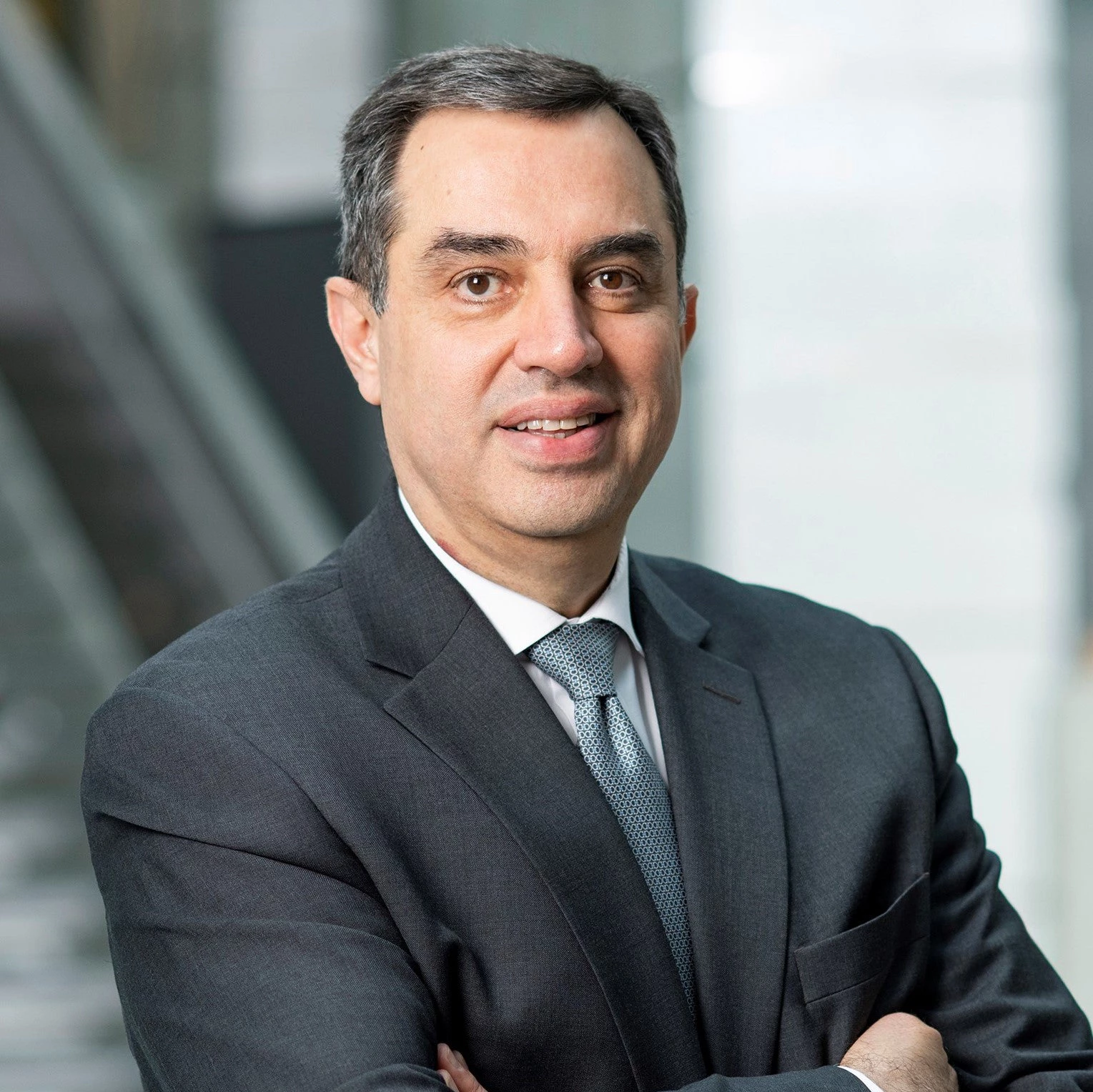Is there an end in sight to COVID-19’s impact on private infrastructure financing? Our newest set of data shows some encouraging signs.
In 2021, private sector investments in infrastructure in the developing world (PPI) stood at $76.2 billion — marking a 49% increase from the previous year. In fact, 2020 was particularly dismal: COVID-19 brought the infrastructure sector to a near standstill, with investment levels at historic lows not seen since the inception of our database. In this context, the 49% year-over-year increase of PPI is a long-anticipated signal of a return to normalcy.
The 2021 recovery in PPI was led by the transport sector, which committed $43.8 billion in private investments, despite emerging variants and global policy uncertainties, up 58% from 2020. This was a return to the pre-pandemic trend of transport infrastructure leading global PPI investments. Private investment in airports drove this increase, reaching $20.3 billion in 2021. This 39-fold increase from 2020 marked the first time since 2015 that investment in airports outpaced investments in roads. The sudden decrease of air travel drove a drastic decline in airport PPPs in 2020, with several projects in the pipeline being delayed. In 2021, air travel returned, but fiscal constraints due to COVID persisted. As a result, some governments divested from national airports and sought private investment to cover their management or leases. This could be the start of a longer-term trend.
Although the recovery in energy investments was not as strong as in transport, PPI investments in energy in 2021 were greener than ever: 95% of electricity generation projects were renewable, compared to 90% the previous year. As the levelized cost of electricity (LCOE) for solar and wind drop further, the uptake of renewable energy is expected to continue. Across the board, renewable technology uptake is on the rise, displacing conventional projects.
But is the 2021 increase in PPI cause for a sigh of relief? Well, not exactly. It might be too early to say that recovery is here to stay. Investment recovery from the deep recession triggered by the COVID-19 pandemic has been uneven across regions, and this is further complicated by the recent intensifying of overlapping crises with global impact.
Latin America and the Caribbean, East Asia and the Pacific, and Europe and Central Asia saw a strong recovery in investment levels from 2020. Nevertheless, South Asia, Middle East and North Africa, and Sub-Saharan Africa saw decreases in investment levels as the pandemic raged on. Against this background of an uneven global recovery, the number of PPI projects that reached financial close dropped even though there was an increase in total investment. The world’s poorest countries noted a decrease in investment levels as well compared to 2020, with the majority of IDA countries situated in the regions that were harder hit by the pandemic this year.
What does the PPI data suggest we can do to sustain the recovery during 2022? Private investment commitments in the energy sector in 2021 were by far below their past five-year average, implying that the sector has room for improvement this year. This might be due to many possible reasons such as the lack of strong projects in the pipeline for the private sector or the fragile financial state of the private energy companies around the world.
The data also suggest that one possible explanation for this drop is low commitments from multilateral and bilateral development agencies (also known as development finance institutions, or DFIs). In 2021, 45 projects — less than in 2019 or 2020 — totaling $11.8 billion of investment received one or more forms of typical DFI support, being either direct or syndicated loans, equity, grants, guarantees or advisory services or technical assistance. DFIs’ role, especially in the energy sector, is crucial for continuing the recovery trend throughout 2022. Perhaps, now, it is time for these institutions to explore and expand support to the newer and more advanced renewable power technologies. This will provide financial leverage to new markets, new players, and project developers, eventually making a stronger and diversified project pipeline.
This year will be a pivotal one for private investment commitments in infrastructure, with many opportunities to progress from the pandemic. But, with overlapping global crises, a global rate-hike, and the anticipation of further increasing interest rates, private investment commitments are also highly tentative. The post-pandemic recovery efforts from 2022 onwards will rely strongly on both signals and actions from governments and multilateral partners to rally private capital across every region.
You can find view the full report here: Private Participation in Infrastructure 2021.
This article was prepared based on research and contributions from Seong Ho Hong and Apala Bhattacharya.
Related Posts
Time to Step Up: Promoting Regional Infrastructure Integration through PPPs
Private sector financing can accelerate a green recovery for cities
Who finances infrastructure, really? Disentangling public and private contributions
Solidarity with the poorest countries: A renewed commitment to recovery




Join the Conversation